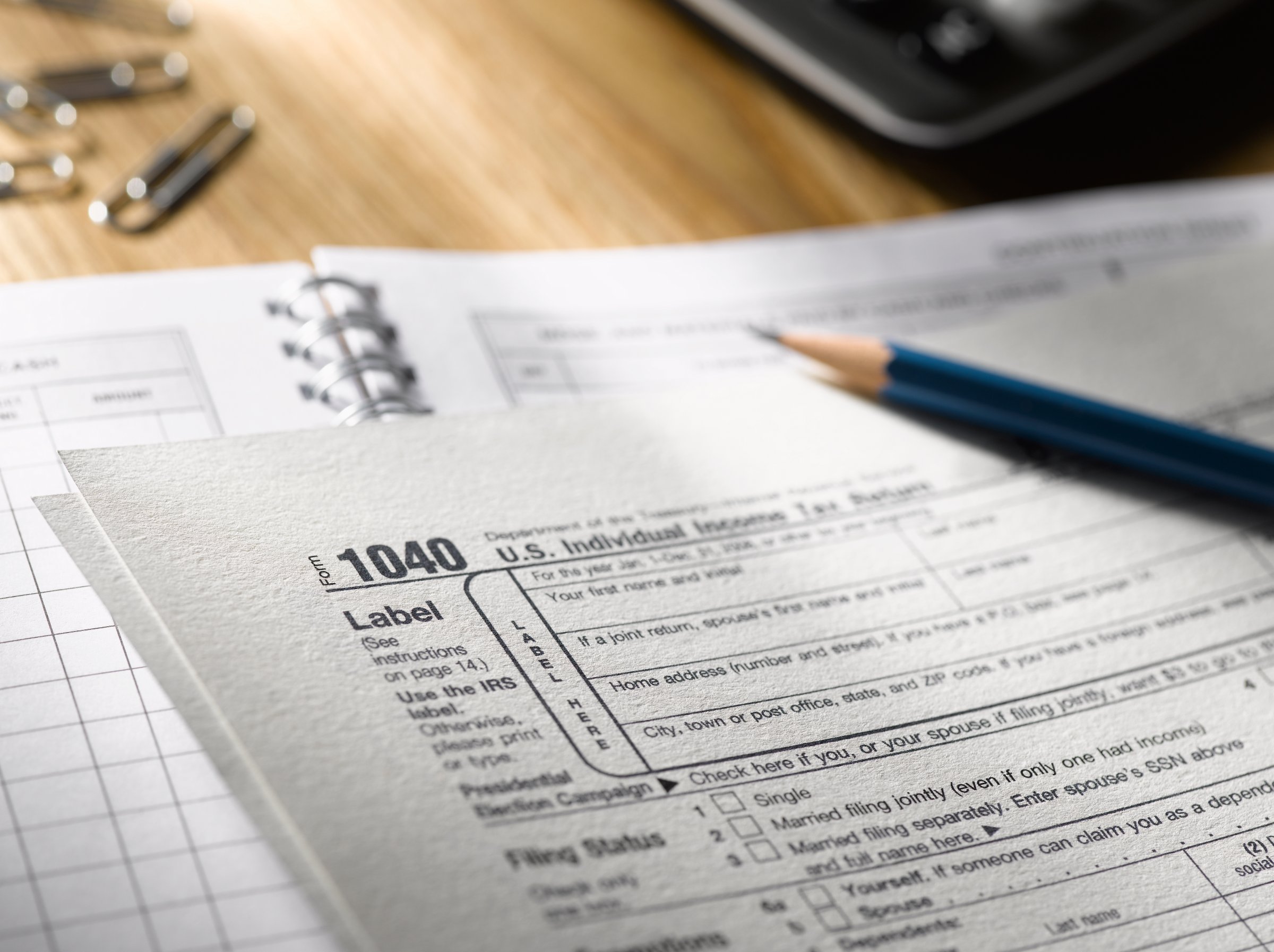
On the presidential campaign trail, the candidates seem far apart on tax policy. The Democrats favor tax hikes on high earners, and the Republicans favor tax cuts all around. But with voters currently struggling with tax-return filing, all the candidates should be addressing the tax code’s appalling complexity.
Donald Trump did complain that his tax return “would literally probably be 10 feet high if I put them together, it is so complicated and so terrible.” Most people have smaller returns, but federal tax-code compliance overall consumes more than 6 billion hours of time each year, which is like having a “tax army” of 3 million people just filling out tax returns year-round.
The problem is getting worse. Federal tax rules span about 75,000 pages today, which is three times more than when President Jimmy Carter called the code “a disgrace to the human race.” The problem is that Congress micromanages us with ever more tax credits, deductions and exemptions for education, energy, health care, saving, working and other activities.
The latest layer of complexity was added by the Affordable Care Act, which manipulates our health choices through the tax system. If you don’t have health insurance, you calculate how much you get penalized. If you do have individual insurance, you calculate the tax credits you receive. If you get advance credits during the year, then you recalculate your benefits when you file. And so on.
You can try to figure all this out by looking at the IRS’s 24-page Affordable Care Act overview, its 19-page guide for penalties and its 71-page guide for credits. Or you can go to a tax practitioner who is familiar with the thousands of pages of related regulations.
The Affordable Care Act has become a tax-filing nightmare, but so have other parts of the code, such as the earned income tax credit. The IRS guide for the earned income tax credit is 37 pages long, and the rules are so complicated that the credit’s error rate is 27%, according to the IRS. That amounts to $18 billion of mistakes every year for just for this one credit.
These days, most people get their returns done by tax-preparation firms, but that doesn’t solve the complexity problem—indeed, the pros make many errors as well. A 2014 investigation by the Government Accountability Office of 19 paid tax preparers found that most of them calculated incorrect refund amounts on sample returns. Furthermore, expert tax preparation costs money—last year the average charge for 1040 return prep was $273.
In addition to the monetary costs, the tax code’s complexity:
1. Increases avoidance and evasion. The earned income tax credit’s complexity has spawned an industry of fraudulent return filing, which costs billions of dollars a year. There is a similar problem with large corporations. We have the highest-rate and most complex corporate tax code in the world, which has created a breeding ground for widespread tax avoidance.
2. Undermines financial planning. For families, the tax code complicates decisions about retirement savings, paying for education and other life events. For businesses, the tax effects of hiring workers, investing in capital equipment, and other decisions are constantly changing as new laws and regulations are imposed. The IRS Taxpayer Advocate counted 4,428 federal tax rule changes over a 10-year period.
3. Creates “horizontal inequity.” People with similar incomes pay different amounts of tax because of all the special breaks. Homeowners, for example, can have a tax advantage of thousands of dollars a year over renters. Such inequities violate the principle of equality under the law.
Thankfully, some presidential candidates are promising to simplify the tax code. It will be a challenge because members of Congress love to add narrow breaks. The number of “tax expenditures,” or official breaks, under the income tax increased from 125 in the 1990s to about 200 today, according to the Joint Committee on Taxation. Each break has separate tax forms, instructions, regulations and other paperwork.
The best solution would be to rip out the individual income tax and replace it with a flat tax that has no deductions or credits. That would vastly simplify financial planning, reduce tax avoidance and boost the economy. Both taxpayers and the government would win as administrative costs plunged.
No president has pulled off a major tax overhaul since Ronald Reagan in 1986. But the next president will have an ace in his hole, and that is the Speaker of the House, Paul Ryan. Ryan is committed to tax restructuring, and he proposed major reforms in his past position on the House Budget Committee.
Reagan kicked off his drive for tax reform with an impassioned speech to the nation in May 1985: “We must…transform a system that’s become an endless source of confusion and resentment into one that is clear, simple, and fair for all—a tax code that no longer runs roughshod over Main Street America but ensures your families and firms incentives and rewards for hard work and risk-taking in an American future of strong economic growth.”
Americans should press the presidential candidates to commit to a Reagan-style drive for tax reform in 2017. But for this year’s returns, we’re still stuck with a complex disgrace.
More Must-Reads from TIME
- Breaking Down the 2024 Election Calendar
- How Nayib Bukele’s ‘Iron Fist’ Has Transformed El Salvador
- What if Ultra-Processed Foods Aren’t as Bad as You Think?
- How Ukraine Beat Russia in the Battle of the Black Sea
- Long COVID Looks Different in Kids
- How Project 2025 Would Jeopardize Americans’ Health
- What a $129 Frying Pan Says About America’s Eating Habits
- The 32 Most Anticipated Books of Fall 2024
Contact us at letters@time.com